last updated 24th September 2007
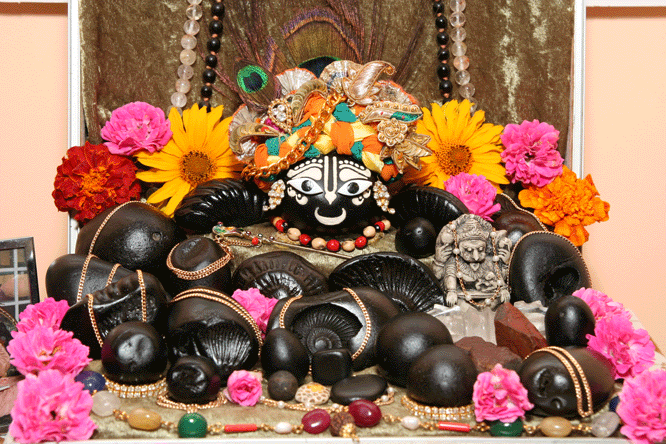
Here you can see Everybody packed together in the traveling altar. There are 24 Salagrama-silas, 1 Dvaraka-sila, 2 Narasimha-tadiya-silas, Laksmi-Narasimha Murti and a quartz Vajra as Narasimha's tadiya also. The main Salagrama is Sri Gopala. He has a depression shaped as a calf hoofprint that clearly identifies Him as a gopa. He was the first Salagrama, arriving back in 2001. After a few years of worship all the other silas started to manifest in waves.
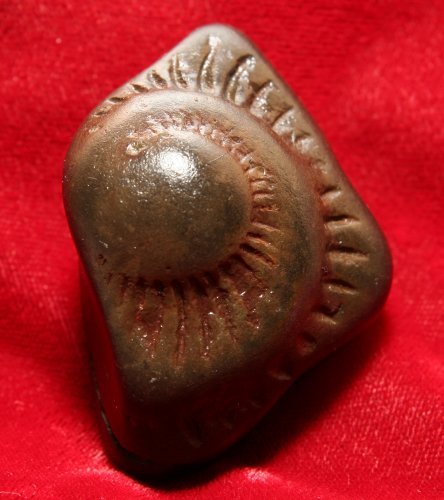
You can find many descriptions in shastras about the names for Salagrama-silas. Usually they all differ from each other making it hard to find names beyond the ones of the main Visnu expansions. But if you let me speculate.. this sila certainly reminds me of Pancajanya, the conchshell of Visnu. What do you think?
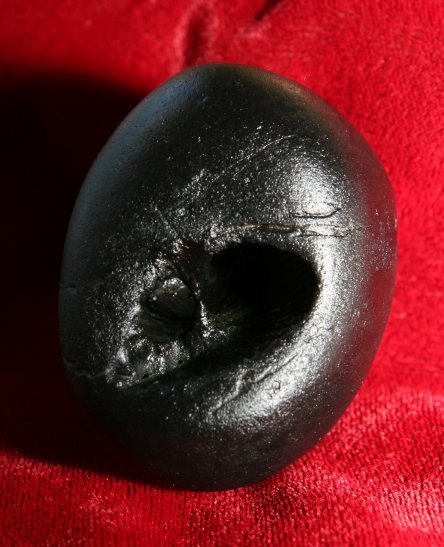
This is Laksmi Narasimha. You can see two oposing cakras within His mouth opening. Note how both cakras reach to each other from their centerpoints.
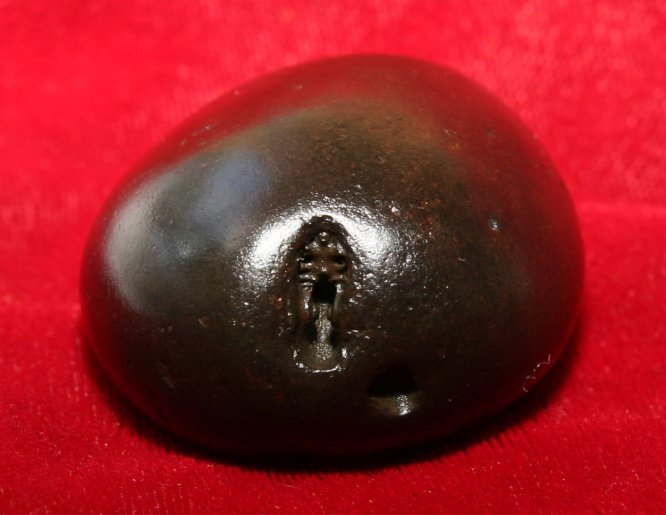
Matsya-sila. He shows and opening with two very tiny oposing cakras.
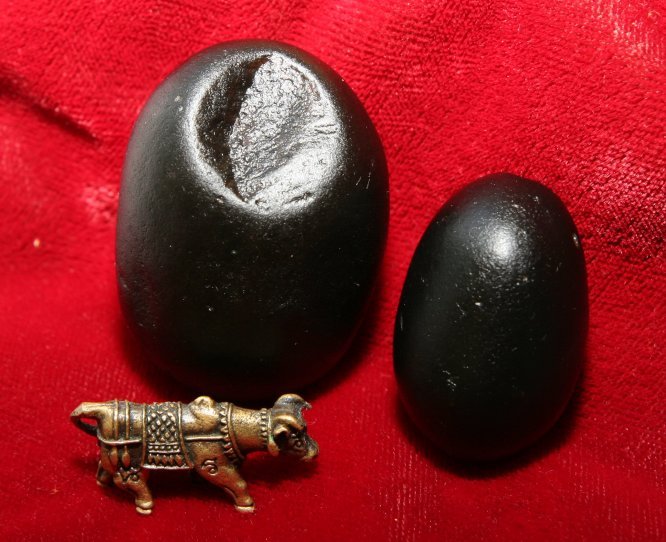
Here we have two Sadasiva Salagramas. The eternal form of Lord Shiva,
somtimes equated with Maha Visnu.
The One on the left has a half moon shaped marking. Of course Nandi
is His eternal associate and he woudn't miss the picture.
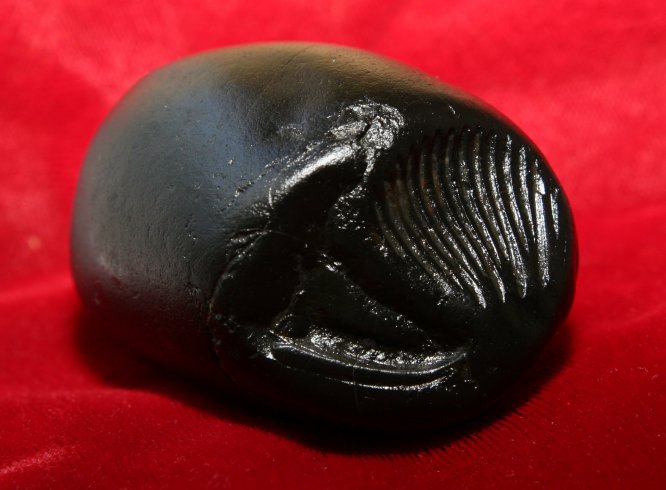
Lord Varahadeva. He has a cakra like structure in the front end and next to it a mark that resembles a tusk
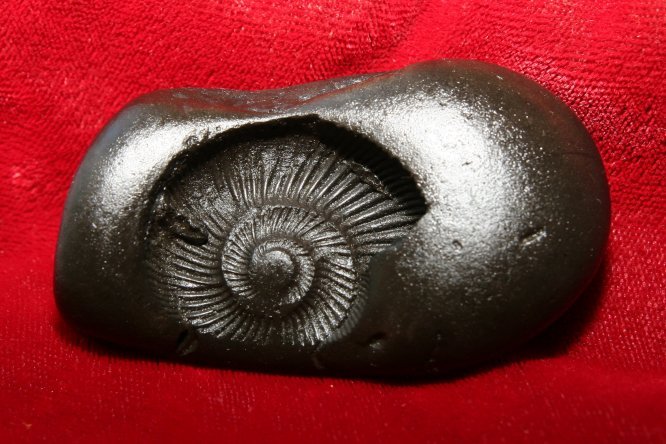
This Lord has a really beautiful fine detailed chakra
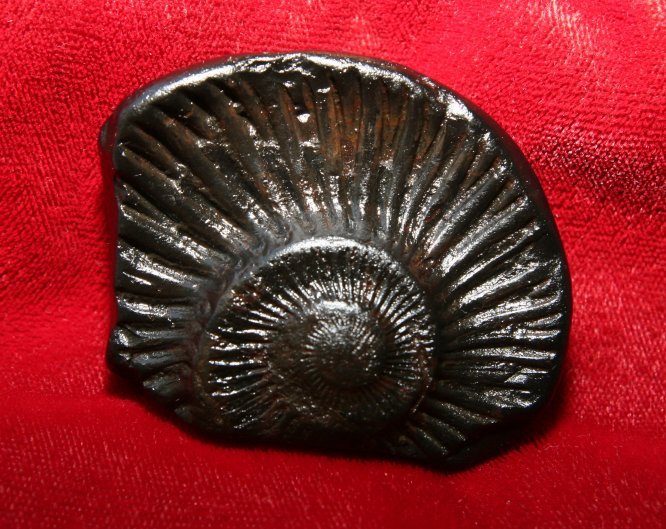
Sri Sudarsana.
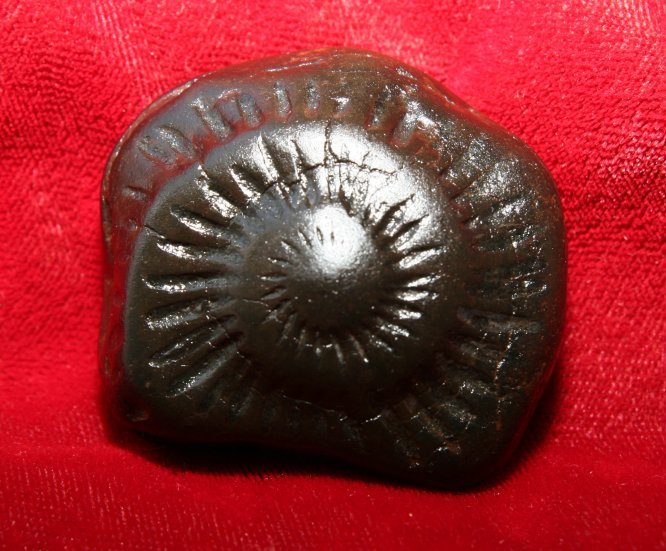
Surya Narayana. Very effulgent. Under some light conditions (particularly
the flash of an unexperienced photographer) he looks reddish as a ruby,
which happens to be the gemstone related to the sun.
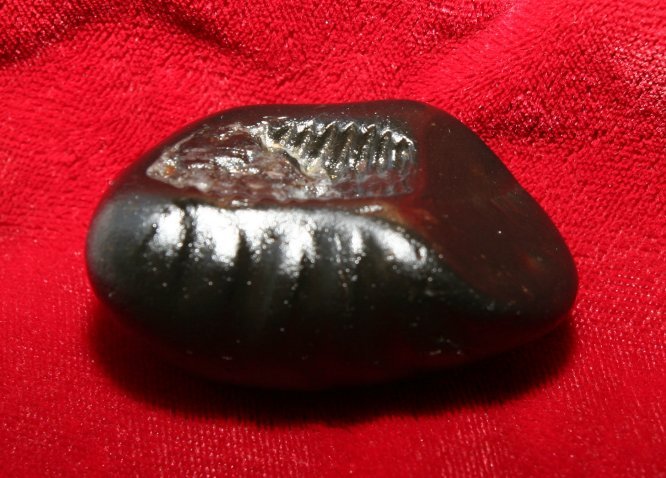
Sesasayi Visnu. Most of Him looks like Ananta but on the inside you can see a protuberance that looks like Visnu laying on His Ananta comapanion.
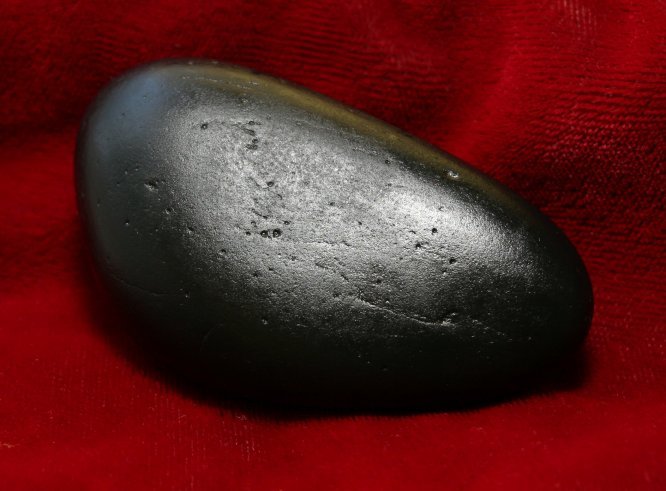
Lord Hayagriva, according to Padmanabha Goswami. Very merciful to those who study sastra.
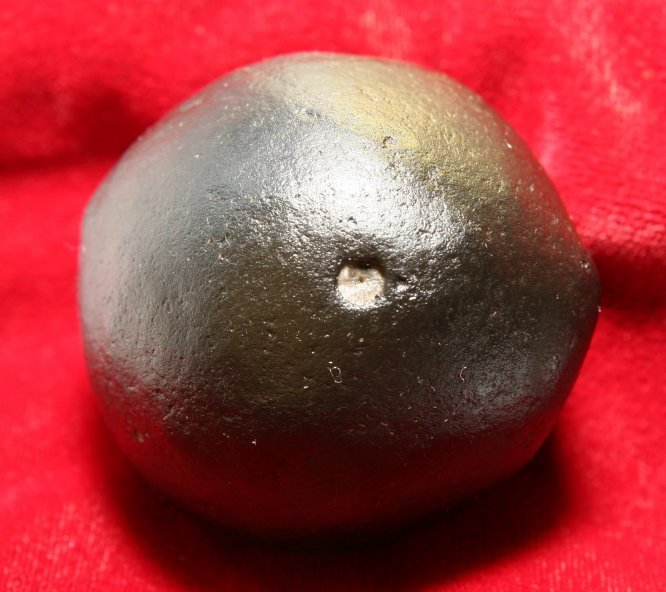
Vijaya Govinda. This is also a Krsna-sila exhibiting a calf hoofprint (small marking compared to the size of the sila).
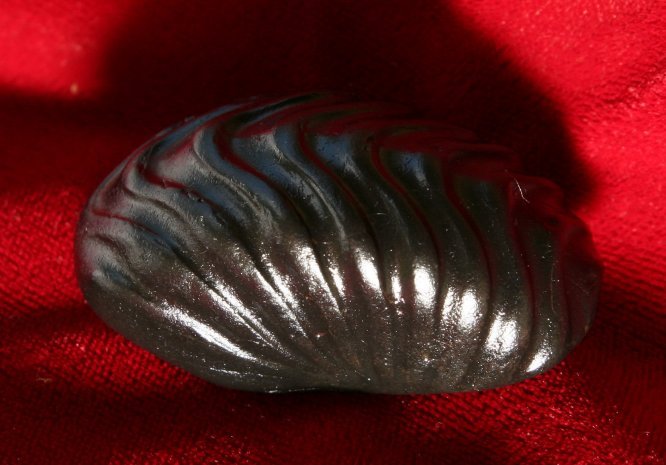
I have no clue about His identity but He is definatelly very beautiful.
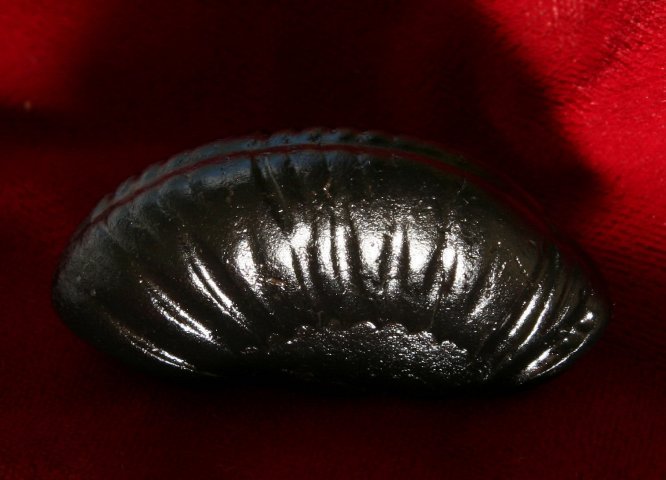
The same about Him.
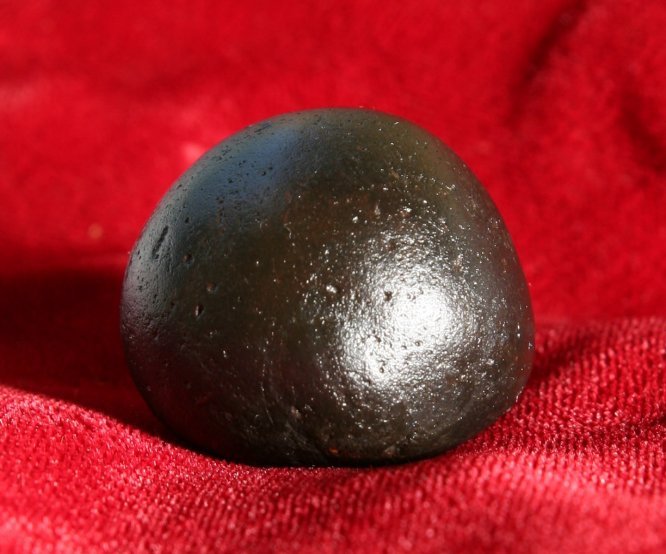
Kurmadeva. He is round with a flat bottom.
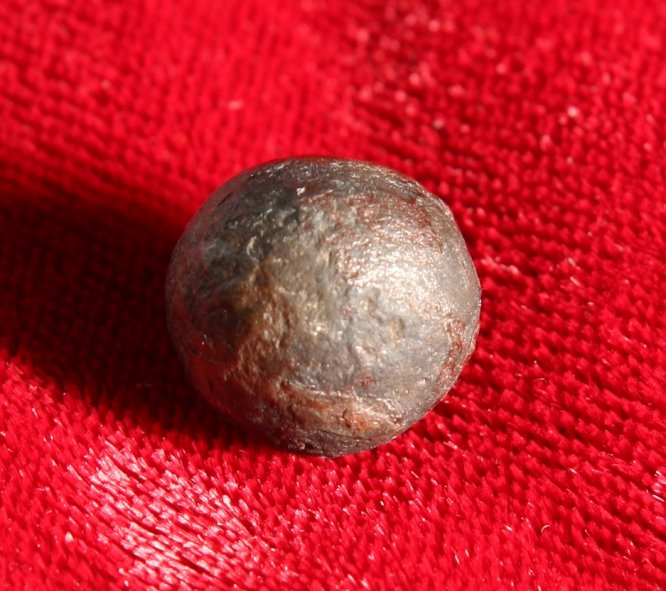
This One is very special. He comes from Damodara Kunda, the origin of the Kali Gandaki river, way up in the Himalayas. Very few people have the mercy of visiting this tirtha, the one at the highest altitude in the world. You can can reach it after climbing up and down through the Himalayas for nearly 2 weeks. The sastras glorify the worship of small silas as most powerful and this One measures not even a centimeter in diameter. If you zoom in you can notice His very interesting rough surface... He looks like a planet!
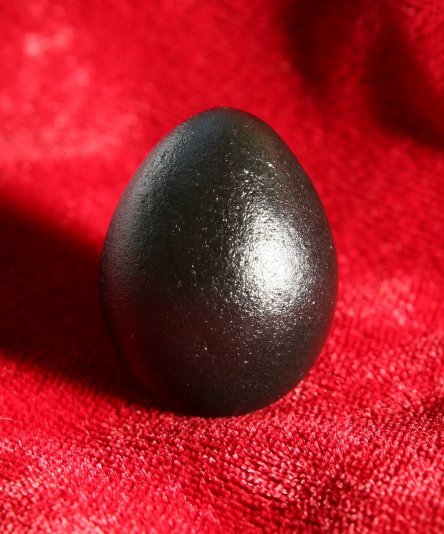
The egg shaped sila. Maybe we should call Him Brahmanda!
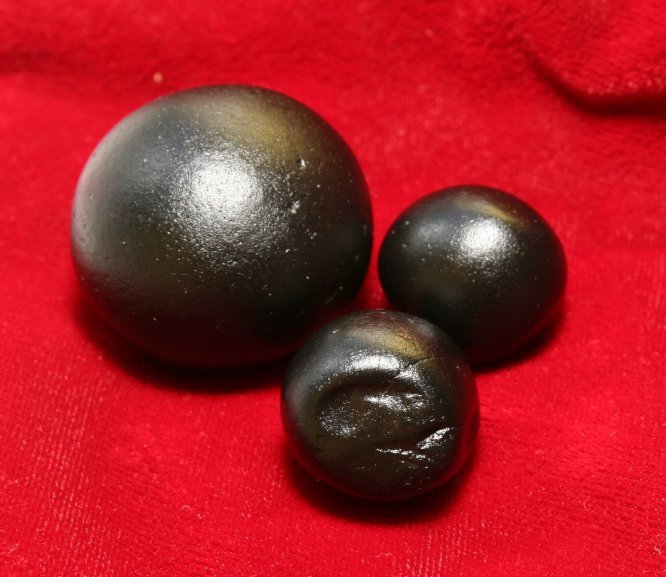
Nice Group. The two in the back are Krsna silas the One in the front
has
some markings I cannot identify.
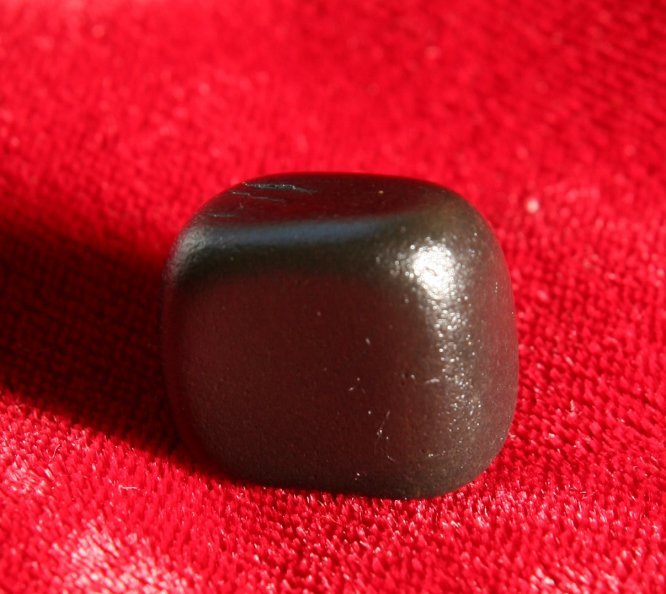
Sri Keshava. Square in the front, shaped like a TV set in the back.
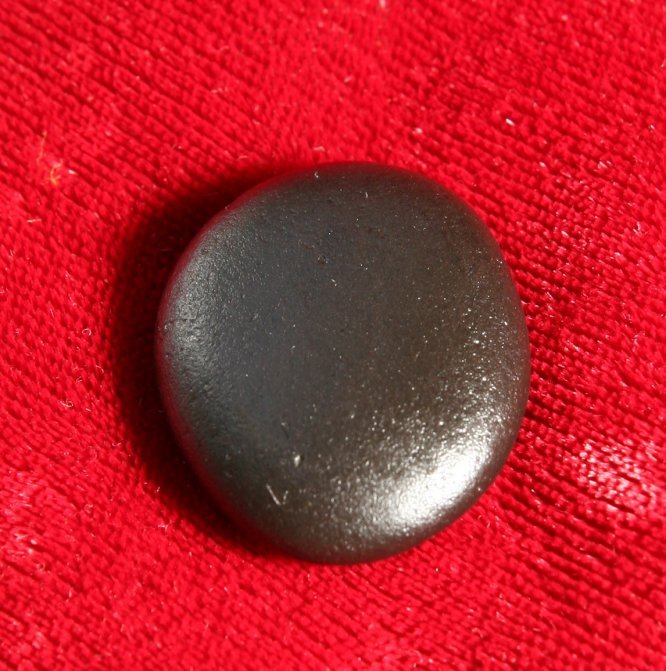
Sri Dhanvantari. Round and flat
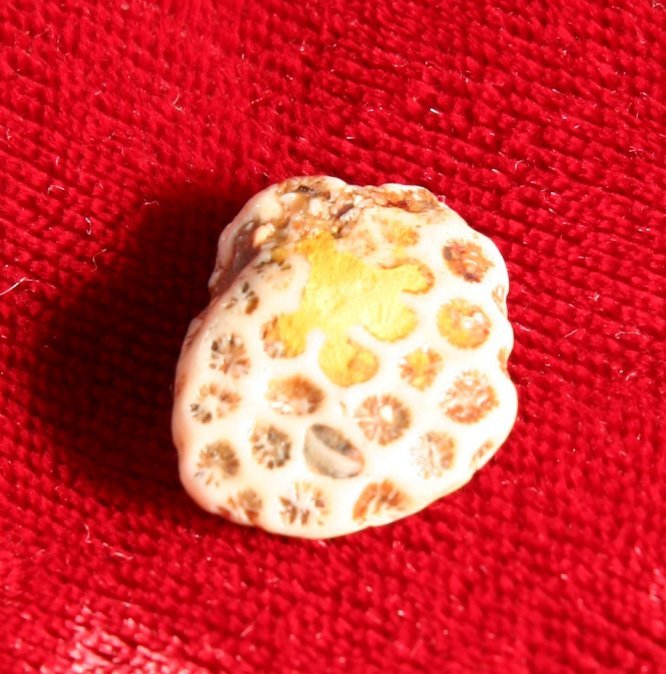
Dvarakadisa. Ananta-dvaraka-sila according to sastra because of having more than twelve cakras.
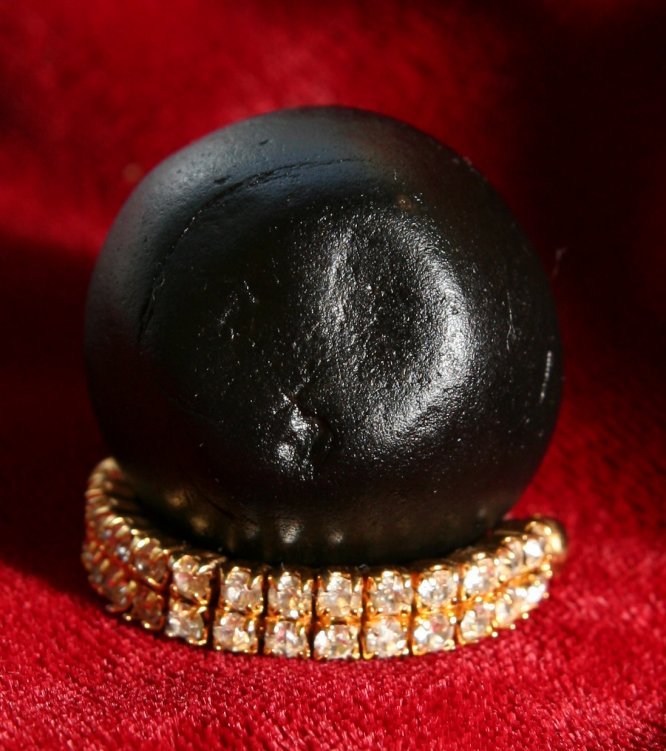
Lord Varahadeva. Pear shaped with a flat end that shows a mark that resembles exactly to a boar snout.
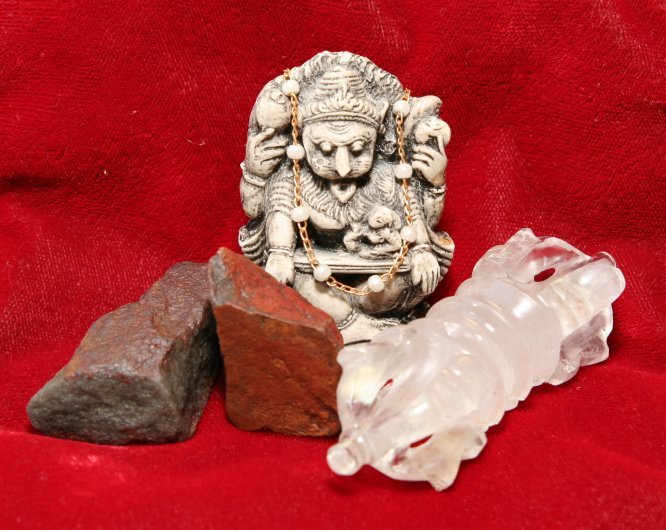
This Laksmi Narasimha murti has been looking after me since I was very
new to KC. In this picture you can see also some worshipable Narasimha
Tadiya (paraphernalia). The sila on the left comes from Rakta Kunda in
Ahobilam Ksetra, the pond where Narasimhadeva washed His nails after slaying
Hiranyakasipu. It might be difficult to apreciate in the picture but the
top and bottom of the sila are stained red with the deamons blood. The
next sila also comes from Ahobilam, from Ugra Stamba, the remains of the
pillar from where Narasimha bursted out. On the Right you can see a quartz
Vajra (thunderbolt) that stands as the thunderbolt-like-nails of Sri Narasimha
(Also interesting to note that Narasimha's nails are an expansion of Sri
Sudarsana).

Search here for individual Sevaks and Deities World-wide.
A-B-C-D-E-F-G-H-I-J-K-L-M-N-O-P-Q-R-S-T-U-V-W-X-Y-Z

